6 Types of Windows That Increase Energy Efficiency
Posted
on January 4, 2021
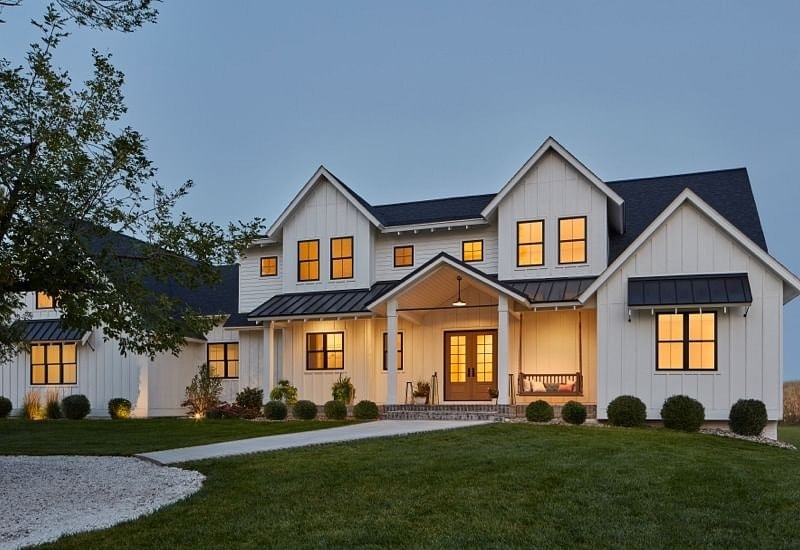
Energy efficiency is a complex equation. Everything from the glass to the frames affects thermal performance. And the window itself must be expertly installed for it to reach peak efficiency.
Window labels and ratings offer up the information you need for comparing products. But there are certain window features that impact energy efficiency that aren’t easily explained on a sticker. These six types of windows each contain at least one characteristic that secretly helps increase their energy efficiency.

1. Fixed Windows
Fixed picture windows don’t offer any functionality. But when it comes to energy efficiency, that’s actually a good thing! Since you can’t open a picture window, you never break its airtight seal. No other window style can make that claim.
Fixed windows are a great solution for parts of your home where you don’t need ventilation. Or in window combinations and a wall of windows where the airtight design can help keep large expanses of glass from feeling drafty.

2. Hinged Windows
Hinged windows are designed for ventilation. With the twist of a crank or push of your hand, they pivot outward on a hinge. This design offers a major benefit over windows that slide open and closed: lower air leakage rates. When closed, the single sash of a hinged window presses firmly against the frame. Whereas sliding, double-hung and single-hung windows have two sashes with a slight overlap.
Awning windows, casement windows and hopper windows are all types of hinged windows. The only difference between them is where the hinge is located — top, side and bottom, respectively. They can be used for strategic ventilation or paired with picture windows to add some functionality to your window combinations.
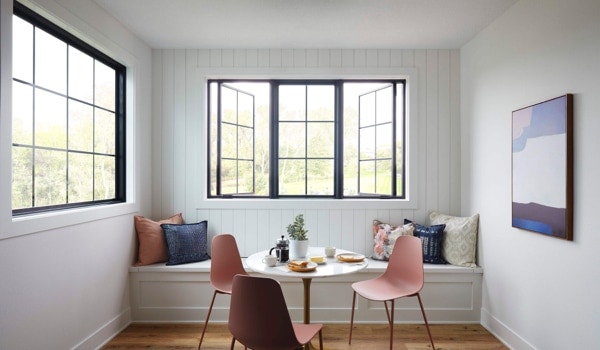
3. ENERGY STAR® Windows
While every window is clearly labeled with energy performance ratings based on National Fenestration Rating Council (NFRC) testing, only the most energy-efficient windows earn the coveted blue sticker from ENERGY STAR.
ENERGY STAR windows are certified by the government and are based on performance ratings similar to NFRC. So if you see an ENERGY STAR logo, you know it’s a higher efficiency window than one without the star. But note: ENERGY STAR certification is based on climate and geography, so a window that rates highly in the Southwest sun may not perform as well in the cold of the Northeast.
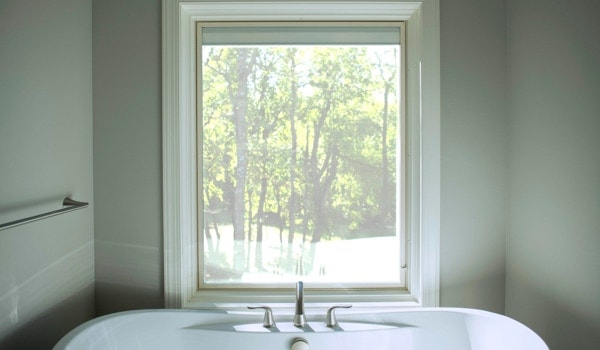
4. Insulated Windows
A single pane of glass was the standard in windows for centuries. Then, in the 20th century, something innovative happened. Manufacturers found that adding another pane of glass provides extra insulation. In NFRC energy efficiency terms, it lowers both the U-Factor and Solar Heat Gain Coefficient (SGHC).
Today, insulated windows don’t just have extra panes of glass. Each window pane is separated by insulating gas, too. So triple-pane windows actually offer a total of five layers of insulation — two more than dual-pane windows and four more than single-pane windows — helping you eke even more energy efficiency out of your windows.
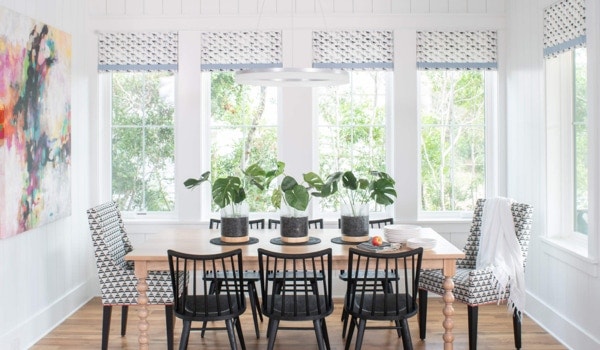
5. Low-E Windows
What’s on the outside of the window pane matters, too. Low emissivity coating on the panes, often described as Low-E glass, helps boost thermal performance. Low-E glass helps block both ultraviolet and infrared light, but lets in the visible light.
Infrared light is associated with heat energy. By blocking it out, Low-E windows help keep the heat from the sun from entering your home. There’s an obvious benefit to keeping the sun and heat out in the summer, but Low-E glass works the opposite way as well. In colder temps, it can actually reflect heat back into your home to help reduce heat loss and maintain efficiency.
Depending on where you live, you can choose from different types of Low-E window glass to fit your climate. Pella offers four different window glass options:
- Advanced Low-E Insulating Glass is an all-around performer that fits any climate in the country. It blocks 84% of UV rays when used on dual-pane windows and 86% on triple-pane windows.
- AdvancedComfort Low-E Insulating Glass is designed for northern climates, upping the energy efficiency one percent for both multi-pane window types.
- SunDefense™ Low-E Insulating Glass is for hot and sunny locales, blocking 94% of UV light with dual panes and 95% with three panes.
- NaturalSun Low-E Insulating Glass allows the most light in, blocking just 69% of UV rays on double-pane windows and 74% on triple-pane windows, making it a better fit for the cold climates of the far north.
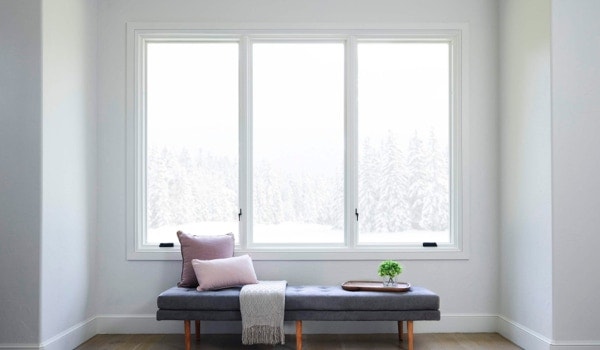
6. Lifestyle Series Windows
It’s no coincidence that Pella® Lifestyle Series windows harness many of the features above to earn the designation as some of the Most Efficient ENERGY STAR certified products of 2020.1 They were designed to deliver solutions for real life, with one of the most important considerations being energy efficiency.
Lifestyle Series windows are built with wood frames, which provides natural insulation from the elements. They offer triple-pane glass and a number of energy-saving features to make them 83% more energy efficient.2 These design features help Lifestyle Series windows meet or exceed ENERGY STAR guidelines in all 50 states.
Wherever you live and whatever styles you love, there are multiple ways to make your windows more energy efficient. With the help of ENERGY STAR labels and your local Pella representative, you can choose the best types of windows for your home and customize them to maximize your home’s energy efficiency.
1Some Pella products may not meet ENERGY STAR guidelines in Canada. For more information, contact your local Pella sales representative or go to energystar.gc.ca.
2Window energy efficiency calculated in a computer simulation using RESFEN 6.0 default parameters for a 2000 sq. foot new construction single-story home when Pella Lifestyle Series windows with the respective performance package are compared to a single-pane wood or vinyl window. The energy efficiency and actual savings will vary by location. The average window energy efficiency is based on a national average of 94 modeled cities across the country and weighting based on population. For more details see pella.com/methodology.
Schedule a free consultation to find windows and doors for your home.
